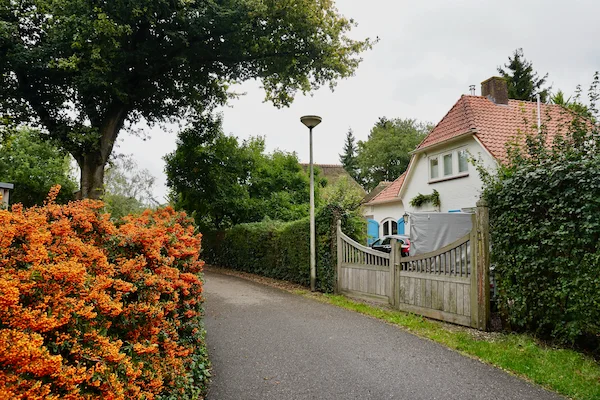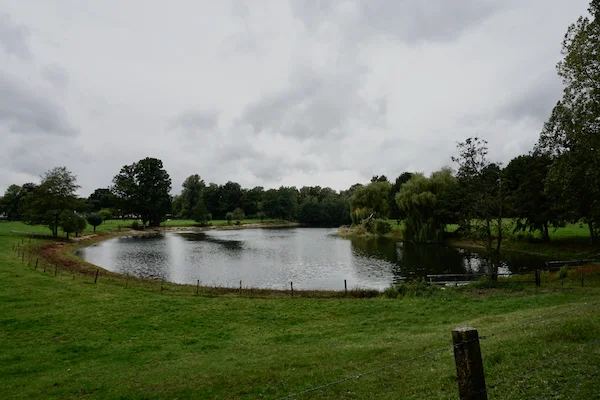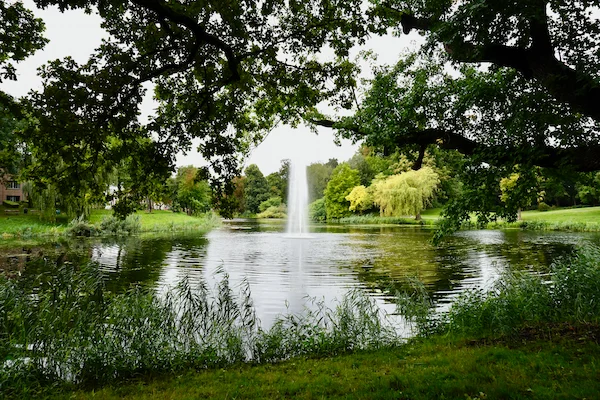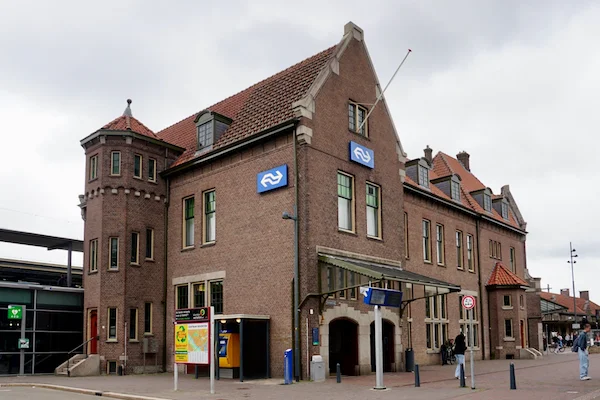The Peddlers Path
September 2025
Heading to Okkenbroek Again
- Sept 17, 2025
- 0.39 mi
- 8:33 min
- 12 °C
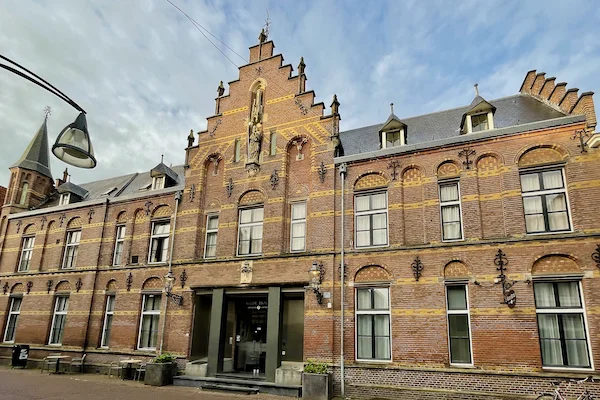
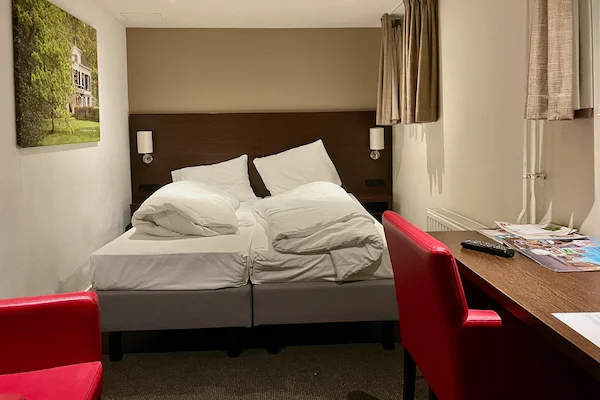
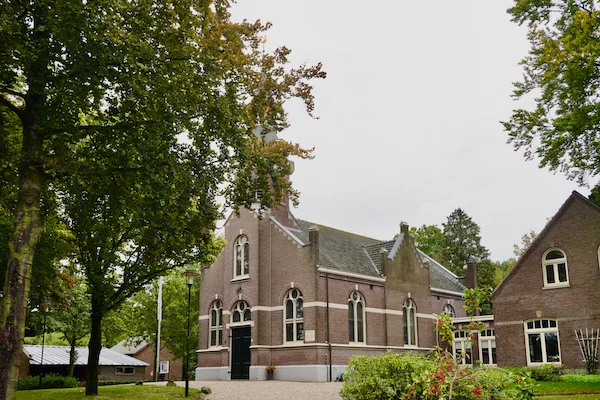
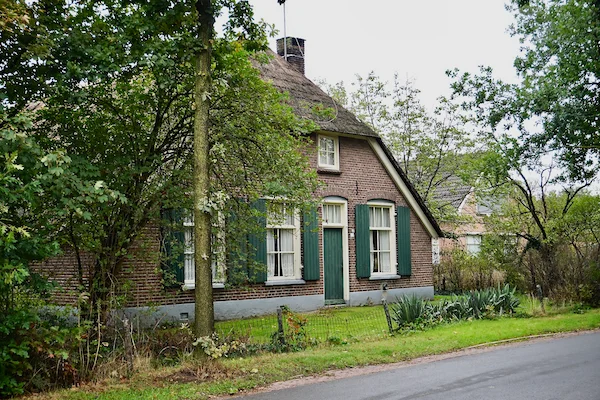
Across the IJssel Landscape
- Sept 17, 2025
- 16.48 mi
- 5:24:40 hrs
- 13 °C
With renewed energy, we started our Garmin watch and began our hike. We soon found ourselves in open meadows. We wandered through farmland, along paved roads, and across grassy and sandy paths. Horses nibbled happily on fresh hay, while cows grazed peacefully in the lush, green pastures.
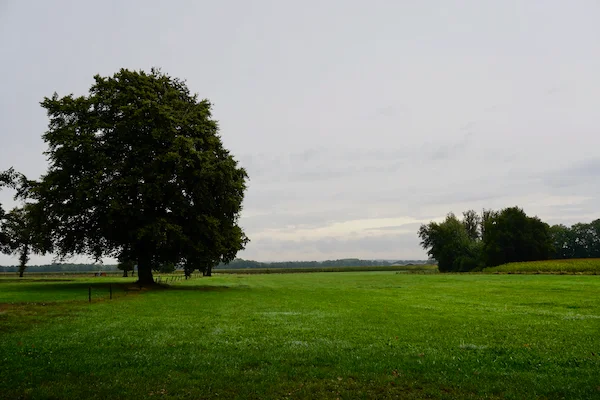
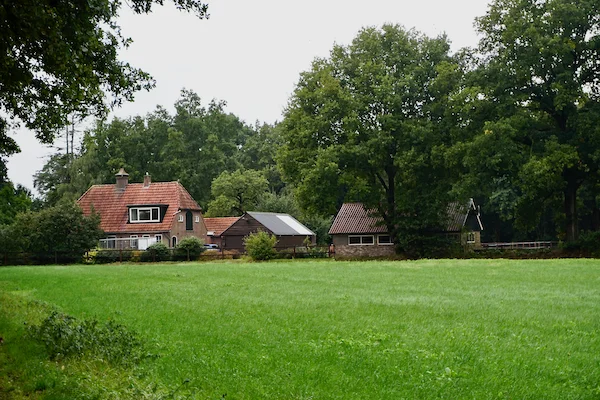
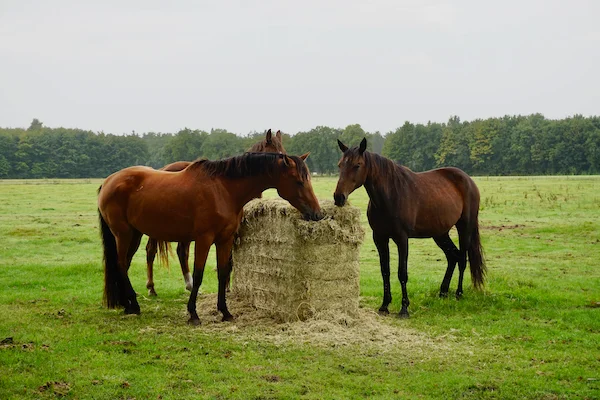
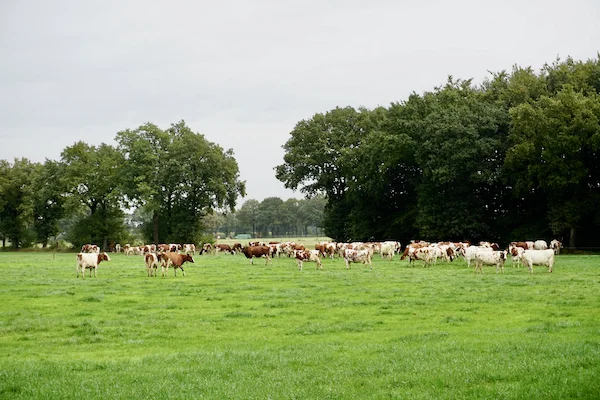
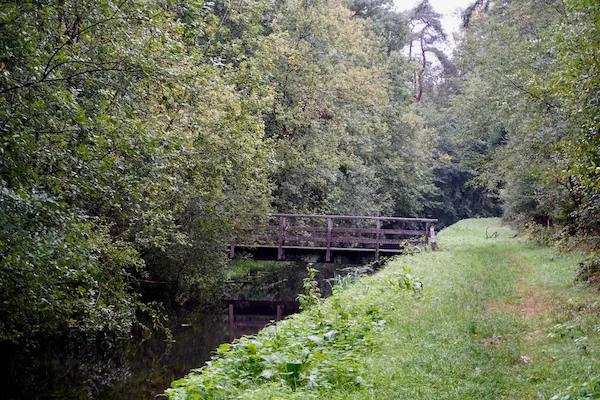
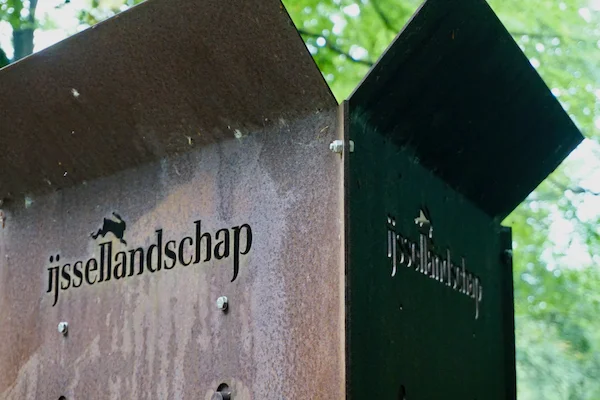
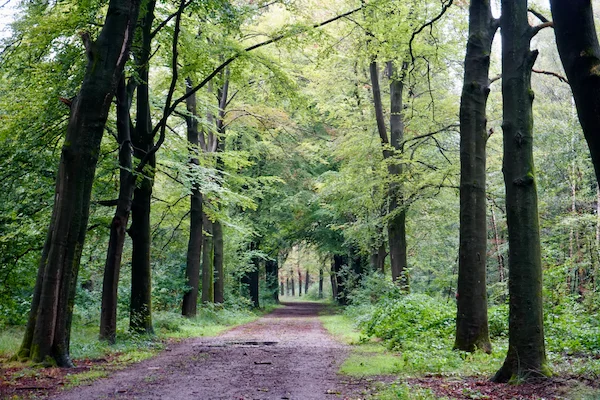
Walking through the IJssel landscape, we crossed the Oostermaet estate, with its broad sandy lanes and beautiful tree-lined avenues. We decided to skip a stop at Restaurant De Braskoer in Lettele; our lavish hotel breakfast was still keeping us satisfied.
Along the Church Path to the Overijssel Canal
We left Lettele via a “church path,” a small trail through the meadows. Traditionally, these paths connected homes in the countryside with the village church. Most church paths disappeared over time, either claimed by landowners or lost due to land mergers and subsequent changes.
The grass on the path was still wet after yesterday’s rain, so our shoes quickly became soaked. We followed the Soestwetering for a while, and near a striking oak tree, we crossed the water, leaving the church path. From here to the Overijssel Canal, we passed charming old houses and farms and walked through beautiful tree-lined avenues again.
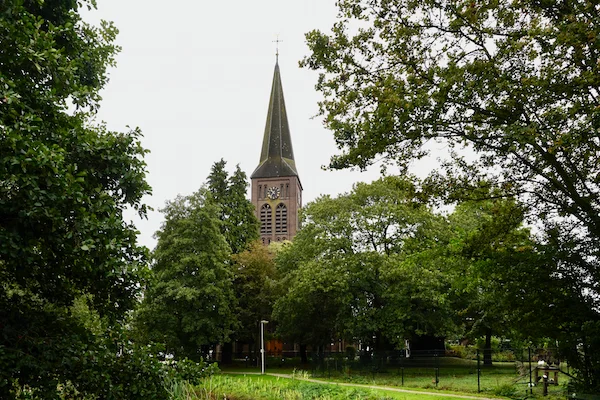
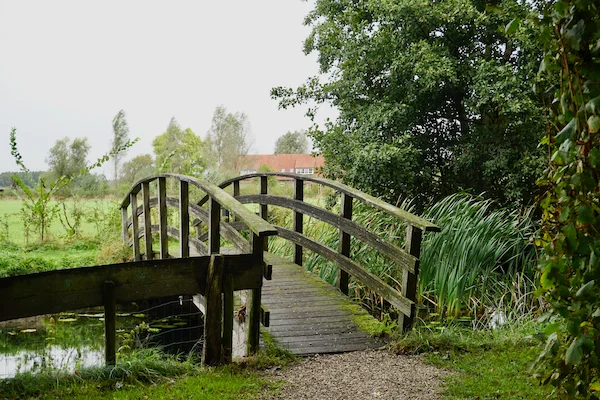
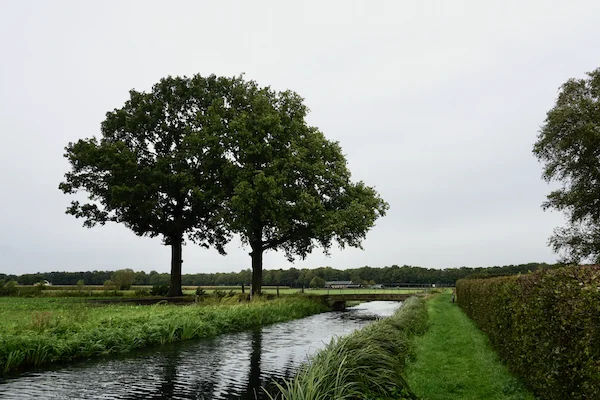
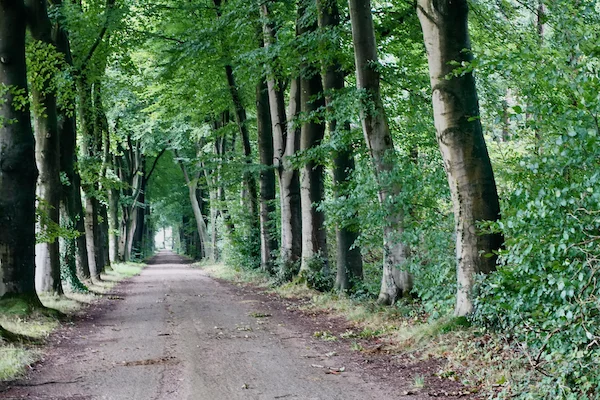
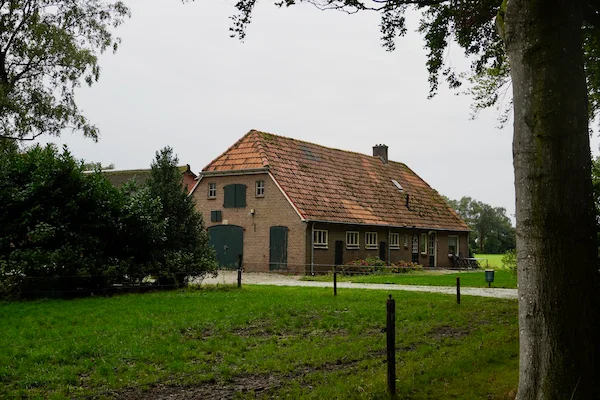
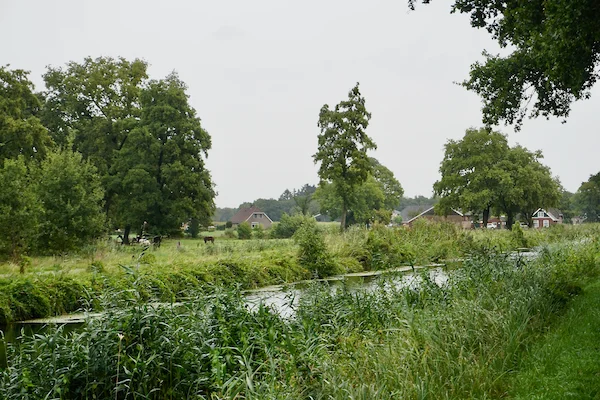
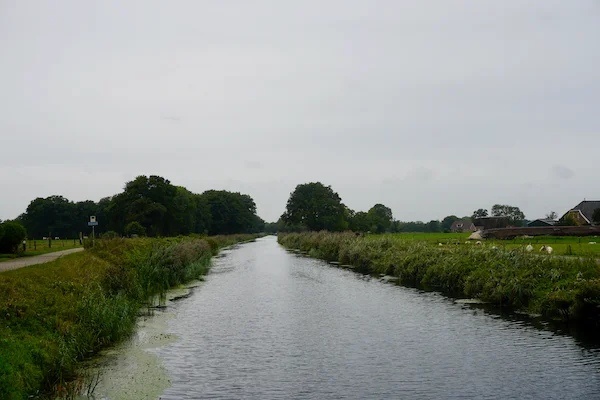
The Overijssel Canal, constructed in the mid-19th century for shipping and peat transportation, failed to achieve overall success, eventually being overshadowed by the newer railway and the broader Twente Canal. Since 1988, it has played a role in regional water management.
The Final Stretch through Estates and Parks
Passing through the estates of De Kranenkamp and De Hoek, we walked along the Looijersdijk into Deventer. Through Het Nieuwe Plantsoen, an unnamed green corridor along the railway, and the Rijsterborgher Park, we made our way to Deventer Station to catch our train home.
